Biodegradable packaging
Biodegradable packaging
Biodegradable Packaging
Biodegradable packaging is a type of packaging that can break down naturally. This means it decomposes into natural elements like water, carbon dioxide, and biomass. It is a popular choice for reducing waste and environmental impact.
How Does Biodegradable Packaging Work?
Biodegradable packaging works through natural processes. Microorganisms like bacteria and fungi break down the materials. This process can take a few weeks to a few months, depending on the conditions.
Materials Used in Biodegradable Packaging
Common materials for biodegradable packaging include paper, cardboard, and bioplastics. Bioplastics are made from natural sources like corn starch or sugarcane. These materials are designed to break down more easily than traditional plastics.
Benefits of Biodegradable Packaging
Biodegradable packaging offers many benefits. It reduces the amount of waste in landfills. It also decreases pollution and conserves natural resources. By choosing biodegradable packaging, companies can show their commitment to sustainability.
Challenges of Biodegradable Packaging
There are some challenges with biodegradable packaging. It can be more expensive than traditional packaging. It also requires specific conditions to break down properly. However, ongoing research aims to improve these aspects.
Examples of Biodegradable Packaging
Examples of biodegradable packaging include compostable bags, paper straws, and biodegradable food containers. These products are becoming more common in stores and restaurants. They help reduce the environmental footprint of packaging.
Blog Posts with the term: Biodegradable packaging
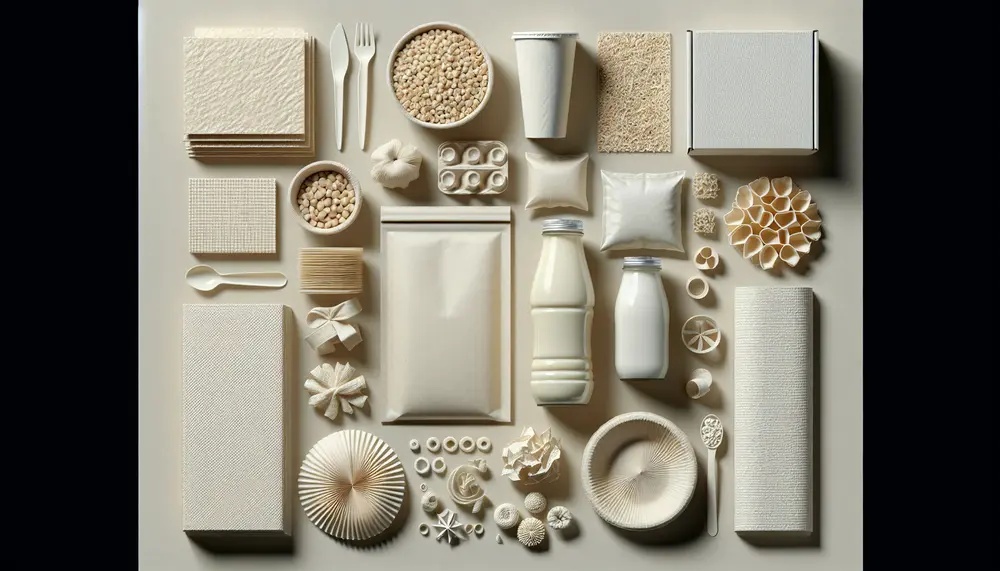
Cornstarch is a biodegradable, eco-friendly alternative to traditional packaging materials, offering similar functionalities with less environmental impact. It's used in various industries for products like containers and bags, reduces reliance on fossil fuels, and supports climate change efforts by emitting...
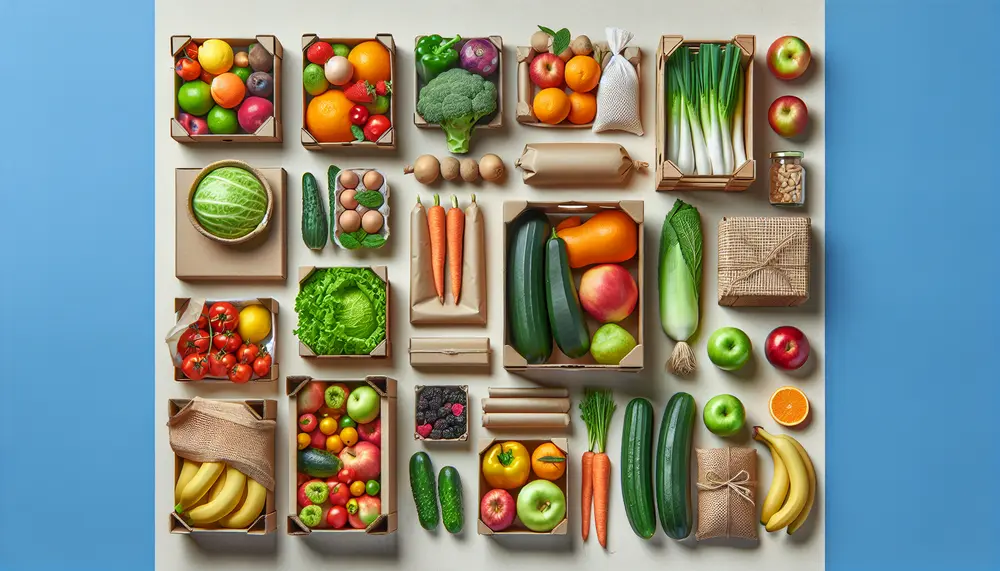
Packaging in agriculture is crucial for protecting produce from farm to market, maintaining quality and freshness, and enhancing logistical efficiency. It reduces waste, ensures food safety, aids branding, and supports global trade by enabling access to wider markets....

Packaging in marketing is a multifaceted tool that influences brand perception and market success, serving not only to protect products but also as a silent salesman through design elements that convey brand values. It enhances visibility, appeal, protection, communication of...
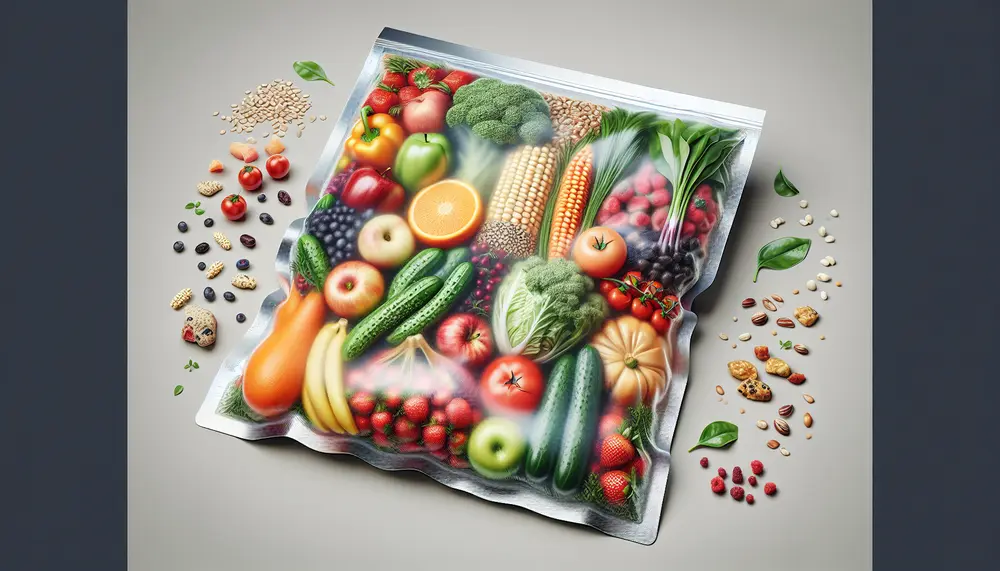
Vacuum packaging extends food shelf life by removing air to prevent microbial growth, oxidation, and moisture changes. It's versatile for various products and involves specialized machinery that creates a low-oxygen environment to protect against spoilage....
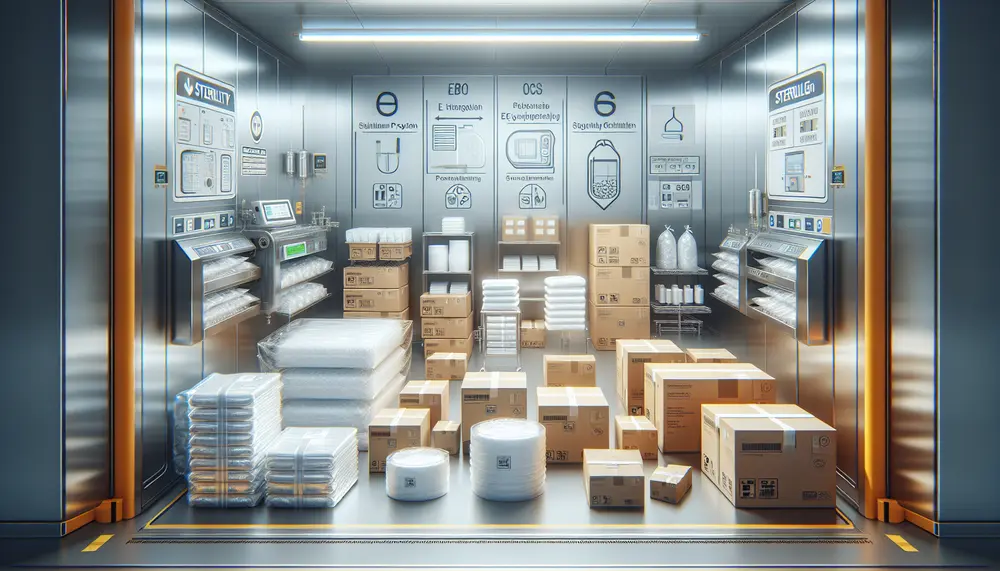
EO sterilization is a vital low-temperature method for medical devices, requiring packaging that allows gas penetration and maintains sterility. Packaging materials like PE, PP, polystyrene, nylon, PET, and multilayer laminates are compatible with EO but must be designed to ensure...
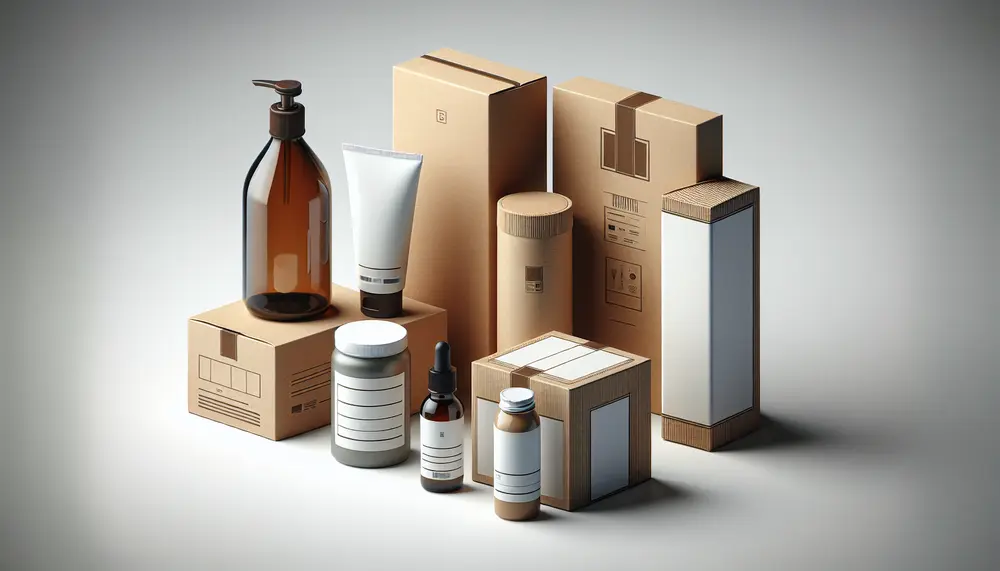
Integrating packaging and product design is essential for brand consistency, user experience, cost efficiency, and sustainability; it enhances consumer perception through visual appeal, functionality, informative content, eco-friendly practices, and technological innovations like smart packaging....

Packing peanuts are used in packaging to fill empty spaces, prevent movement, and absorb shocks during shipping. They come in various materials including Styrofoam and eco-friendly options like biodegradable starch-based peanuts, with TOTALPACK® offering high-grade reusable types. The environmental impact of...

The environmental footprint of packaging is a complex issue involving the entire lifecycle from raw material extraction to disposal, with plastics contributing significantly to global warming and pollution. Strategies for reduction include resource efficiency, recycling technology advancements, renewable materials usage,...

Protective packaging and materials handling are essential in logistics to ensure products reach their destination undamaged, optimizing efficiency and reducing costs. By implementing best practices such as choosing the right materials, using cushioning, securing packaging, clear labeling, testing packaging durability,...

Sustainable packaging is a comprehensive approach to minimizing environmental impact throughout the lifecycle of packaging, essential for both ecological preservation and meeting consumer demand for green products. Eco-friendly packaging has become a significant factor in purchasing decisions, with consumers willing...
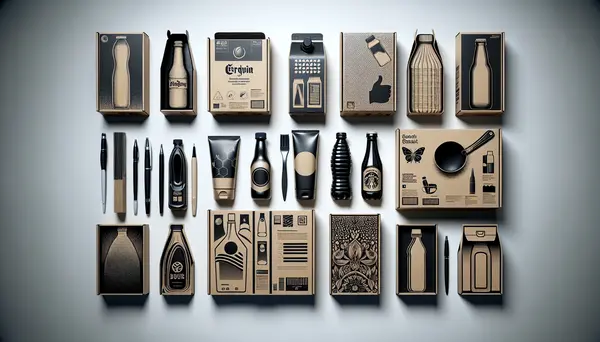
The article discusses the importance of innovative packaging solutions in today's business landscape, highlighting their role in product differentiation, quality preservation and consumer communication. It explores several game-changing trends such as eco-friendly packaging, smart packaging that offers interactive features like...
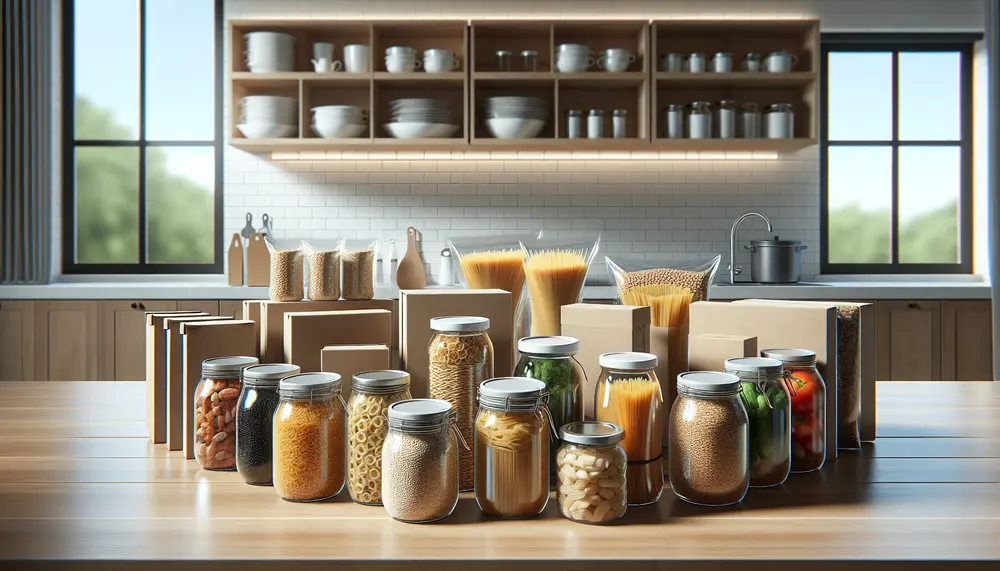
A Food Grade Packaging Statement is a declaration ensuring that packaging materials are safe for direct contact with food and comply with safety standards to protect consumer health. It includes information on material types, suitability for specific foods, and safety...
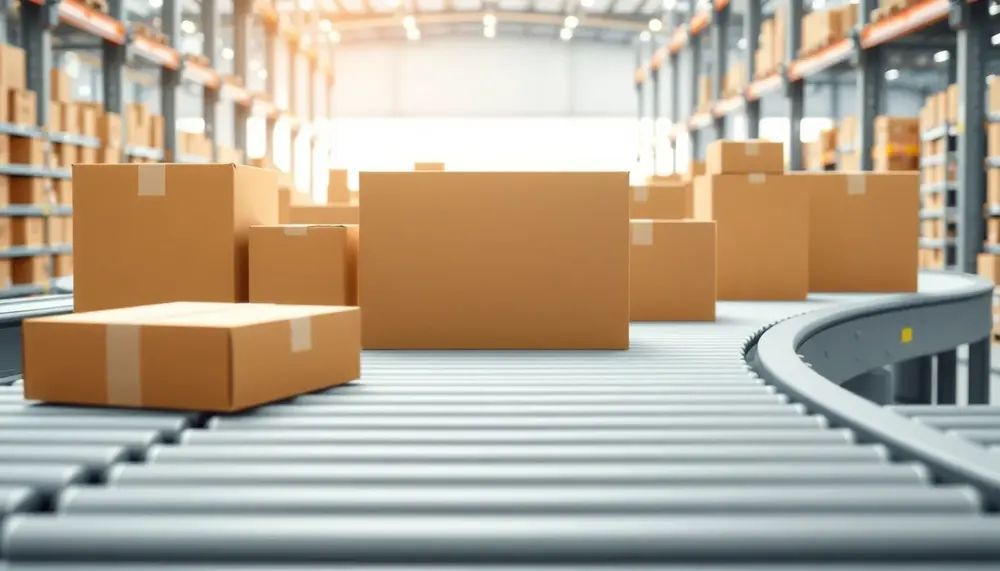
Amazon's packaging evolution reflects its commitment to innovation, sustainability, and customer satisfaction through initiatives like Frustration-Free Packaging, which reduces waste and enhances the unboxing experience. By leveraging eco-friendly materials, AI-driven optimization, and scalable solutions across product categories, Amazon has set...
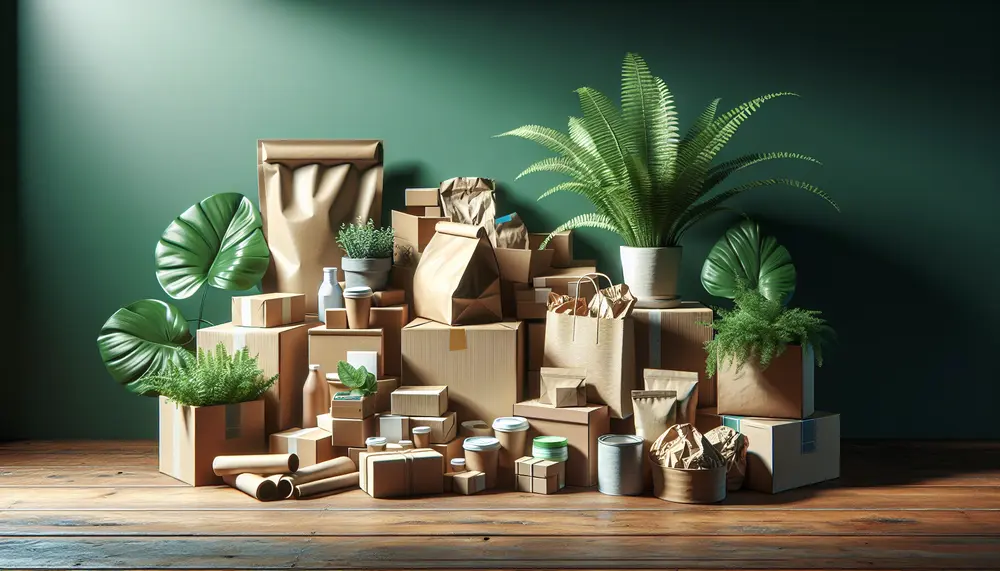
Sustainable packaging minimizes environmental impact through eco-friendly, efficient, and recyclable materials. It addresses pollution concerns, meets consumer demands for green practices, and provides competitive advantages to companies. The evolution of eco-friendly packaging has progressed from reducing material use to introducing biodegradable...
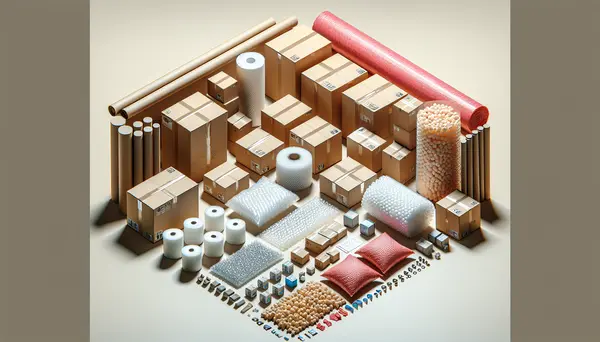
Packaging plays a crucial role in product success, influencing brand recognition, consumer experience and ensuring safety during transit. It involves understanding the product's specific needs including dimensions, fragility level, weight and transportation process as well as regulatory compliance to protect...
